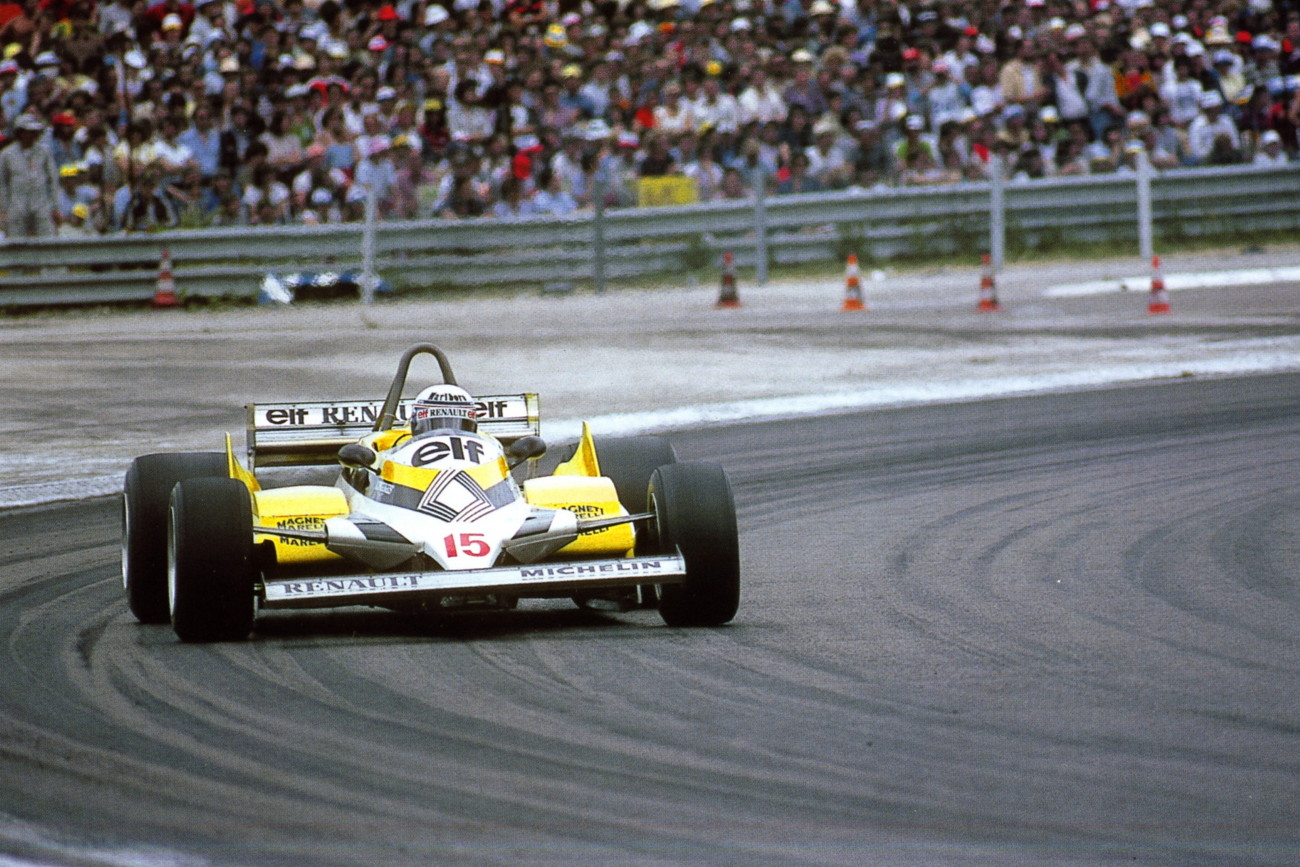Motor Racing History – The Monsters F1 Turbo Engines
The Turbo Years
The war between FISA and FOCA continued into 1981 causing the postponement of the Argentine Grand Prix. Bernie Ecclestone threatened to run its own World Professional Championship but luckily an agreement was struck at a summit meeting in Maranello which would come to be known as the Concorde agreement.
In 1966, when the formula was changed allowing for 3 liter engines a provision was made for 1.5 liter supercharged engines. With no takers amongst the current engine suppliers and the tremendous success of the Ford-Cosworth it was left to an outsider, yet one with a history that traced back to the first Grand Prix to show a third way. Renault had been trying to win Le Mans with a turbo-charged engine but was suffering from cracked pistons. Bernard Dudot was sent to Garrett AiResearch to study the fine art of turbo-charging. In 1979 the Renault turbocharged engine found its way into a Grand Prix car. They were soon joined by BMW and the turbo era was dawning. It was thought by some that turbocharged engines would allow large manufacturers to leapfrog the smaller British teams and their acknowledged leadership in chassis design.
No Subscription? You’re missing out
Get immediate ad-free access to all our premium content.
Get Started



